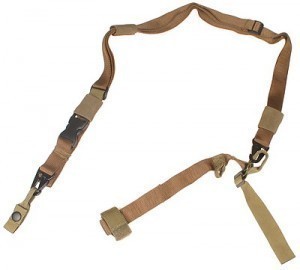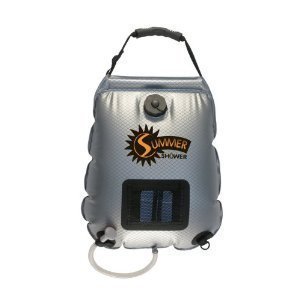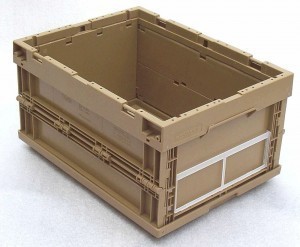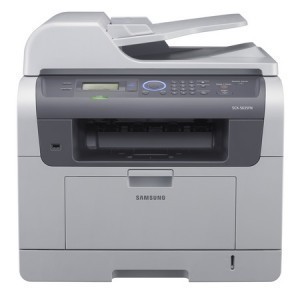Dimensions of a Belt Sander
There are several kinds of belt sander sizes to accommodate various tasks.  Some measure 12" L x 10" W x 16" H; other belt sanders are 14" L x 12" W x 18" H. Other models come in different sizes.
Some measure 12" L x 10" W x 16" H; other belt sanders are 14" L x 12" W x 18" H. Other models come in different sizes.
Facts about the Belt Sander
The belt sander is an electronic hand utility that removes a lot of the drudgery involved in sanding wood. The designs vary, but they will have encased motors. This is used to drive the circular belt. It is similar to the treadmill running belt, only smaller.
The sandpaper is sliced in a long strip so it can be set over the belt. This is connected tightly to conceal the belt surface. After the motor is turned on, the belt will begin turning. This function is similar in many belt sander sizes.
The belt sander can be set on a rough wood surface to sand a whole section. This can be done even if minimal pressure is used.
Benefits and Advantages
The belt sander can be used in many ways. They can shorten tasks that normally would take several days to complete. Aside from finishing wood, they can remove paint off furniture and wood cabinets.
The tool can smooth out corners and edges. It can also resurface stained or old wood. Its versatility has made the tool indispensible in many homes and industries.
Belt Sander Power
The amperage is used to determine the belt sander’s power. The way the tool changes amperages to power also determines the strength of the tool. The belt sanders are gauged by the FPM (feet per minute).
The FPM denotes how often the belt turns. The typical belt sander runs on a 3-inch x 21-inch belt (76 mm x 533 mm). The more FPM and power the sander has, the stronger it will be.
Speed and Other Features
A belt sander with variable speeds is ideal for various projects. Low speeds allow you to sand more slowly and carefully. A belt sander with solid release levers is also a nice feature to have. This will also make it easy to secure and release the sandpaper. Make sure to look for a solid release lever when shopping for the belt sander.
Aside from the belt sander sizes, you should also look for tracking control. The controls for the units vary, so look for one that can make precise adjustments. A well calibrated tracking control will make the belt sander easier to use.





